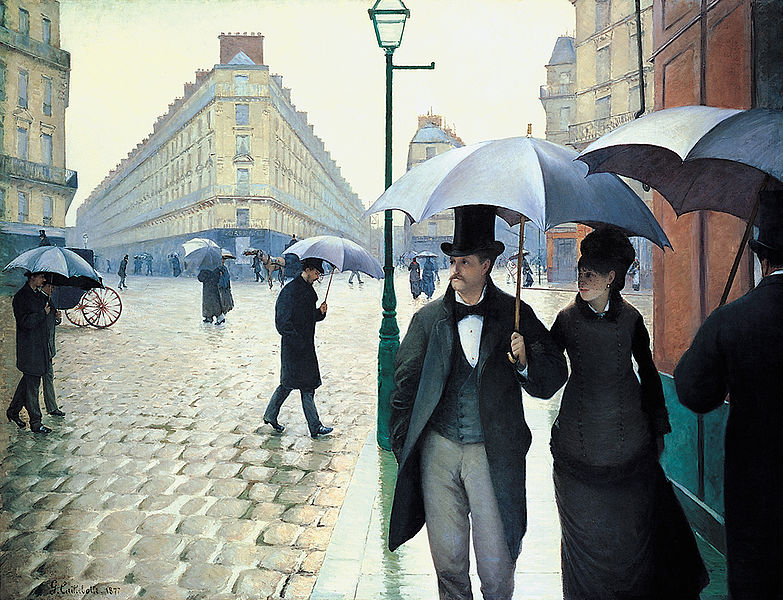A compassionate curiosity about what is missing, unvoiced, or undeveloped in one’s story is one of the sacred practices encouraged by Torah. View the study sheet here. Watch the recording here.

For about 5,000 years a painted, sculpted, or drawn portrait was the only way to record the appearance of someone. The wealthy paid well to have their lives memorialized this way. And portraiture was, for centuries, a primary source of income for artists. That all changed on January 7, 1839, when Louis-Jacques-Mandé Daguerre presented to the French Académie des Sciences examples of his new invention: photography.
The impact on the art world was both instantaneous and revolutionary. Photographs provided a more accurate representation of a fixed image and could do so more quickly and inexpensively than oil painting. Even as the market for portraiture expanded with photography’s financial accessibility for the emerging middle class, painters surrendered that corner of their livelihood and began to explore other dimensions of the visual world. They turned from emphasizing what the eye saw to what the artist experienced in that seeing. This was the beginning of Impressionism.
But these new artists also shared with photography a perception of the world. Both the Impressionist artist and the photographer experienced reality as a transitory, fleeting moment in time. Both also conceded that what they produced, whether on canvass or copper plate, represented only part of a larger story. The photograph admits to being but a cropped part of a much bigger image. There is more happening beyond the framing. The Impressionist painting acknowledges a similar surrender of control over the external world. Whereas the classical artist might have presumed to compose the world, the Impressionist merely shares a personal experience of it.
The Impressionist who most explicitly acknowledged the impact of photography on painting was Gustave Caillebotte. Although he painted in a much more realistic style than his fellow Impressionists, he shared with them a focus on the daily, mundane aspects of life and on the role of the modern city.
Caillebotte’s painting Paris Street; Rainy Day is a visual ode to all of these Impressionist themes: urban life; everyday activity; fleeting moments; and an awareness of life as motion. The primary figures are the couple in the foreground. But looking at them causes us to shift our gaze. They are looking at something or someone that is out of our view, beyond the frame. What do they see that we cannot? In the foreground right corner is another figure just entering the scene. He is not yet fully in the picture. Where has he been? So much of our attention in this seemingly still and clarified image is re-directed at what we cannot see.
“The Life of Sarah” is a good title for the story of someone’s life. But the Torah portion that bears that title, Chayei Sarah, confounds our expectations. It begins by telling us that she is dead. Why this misdirection? The portion is full of disappearances and hidden reappearances. Abraham remarries, to a woman named Keturah. Midrash tells us that this is really Hagar. What makes our early rabbinic storytellers think so? Where has she been? How did she come to re-enter the picture? With her Abraham has six more sons. Within five verses they vanish from our story. Six sons gone. Unaccounted for in our saga. Where did they go? And why?
Jewish spiritual practice is to read our sacred texts dynamically. Everything is in motion. A word disguises itself as the settlement of the matter, when it is in fact a vessel of combustible energy. It is the reader who releases the energy of the text through an “artistic vision” that “helps us to see that we see constructively, and to perceive that the world is always coming into focus in numerous shades and angles” (Michael Fishbane, Sacred Attunement).
This spiritual way of reading is founded in a compassionate curiosity. Everything is in motion. Everyone is in development. You. Me. All of us. Torah teases presence with absence. It hints that someone long out of the picture is still there. It introduces us to relatives, only to never speak of them again. Torah hopes that our curiosity for the other will be stimulated, that we will go in search and that we will redeem the lost and the voiceless and bring them back into the picture. And sometimes the lost and the voiceless are us. Everything is in motion. Everyone is in development. You. Me. All of us.
Join us here at 7:00 p.m. (PT) Thursday November 17 as we explore to be curious about the absent.








